Hega festival is a very prominent and popular festival of Nagaland, North East India. It is celebrated by the Zeliang community in Nagaland. Persistently praying to God and thanking him for his blessing is an important part of this festival. People offer prayers to god and appeal to bless them with joy, harmony, courage, prosperity, fertility, luck and riches. Hega is a festival of colossal importance to the Zeliang community. It is one of the biggest festivals celebrated by the Zelaing people. It is a kind of Valentine’s Day for the Zeliang people who celebrate this festival in harmony and in amiable spirits. Young couples are engaged and wedded during the course of this festival. It is believed that the people who get married or engaged during this festival have a long lasting and fruitful married life. Cultural dances and folk music is a part and parcel of this festival. The performances are also forms of prayer. The Zeliang culture is reflected in the many ceremonies and rituals. The events and celebrations of the festival continue for about five whole days. The preparations for the festival are made beforehand. The festival follows a pattern of rituals to be carried out on specific days. The rituals involve programs of flamboyant dancing and singing. It also serves as a tourism festival for tourists who visit especially to observe the festival.
History of the Festival
Hega festival is celebrated in order to evince appreciation towards god for all the privileges he had offered. People join in prayer to appeal the Almighty and ask him to shower them with blessing in the form of luck, riches and courage. The merry festival brings people together in unison. People ask the almighty to protect them during difficult times. They also ask God to show them the correct path during their difficult times.
Duration of the Festival
Hega festival is celebrated every year in the month of February. The processions carry out for about five days. Each day is assigned for a certain ritual, ceremony or practice. The celebrations begin from the 10th of February and conclude by the 15th of February.
Highlights/ Important Rituals of the Festival
- The first day, known as Hega Teu Dap kick starts with sacrificial killing of animals at every home. If a person does not own an animal for the ritual they either buy an animal especially for the ceremony in advance or an animal is shared by friends or neighbors for the purpose. The grandparents invite their grandchildren over for a shared meal, later the children are presented with songs that have been originally orchestrated for them. Bride and groom are gifted with traditional garments.
- The second day is known as Herie Kap. On this day the gate keeper of the village offers prayers for protection. Further, he makes way into the forest to offer another prayer for god to direct him in the direction of the sacrificial tree. A tree is chosen and a hornbill is carved out from the wood of the specific tree. The hornbill is then put at the main gate with decorations for protection. At evening the heart of the wooden hornbill is tried and pierced for good luck.
- The third day is known as Tsing Rak. The bride, along with the girls from the village head out to the forest early in the morning to chop firewood for a alter ceremony. This requires fresh firewood only. The men on the other hand head into the jungle to cut down a large tree. At evening the bride carries a small piece of firewood and a piece of chopped wood and places it at the main gate and the last gate of the village. The remaining people of the village enact out the same ceremony after the bride completes the ritual.
- The fourth and the last day is known as Rodi. This day is full of joy and celebration. Men partake in wrestling and jumping competitions. The winner is obliged to make a cash donation to the high priest. The rest is followed by singing and dancing. Songs of love and longevity are sung.








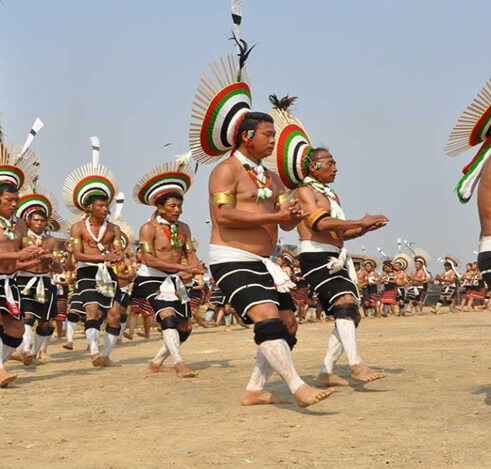
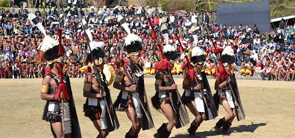
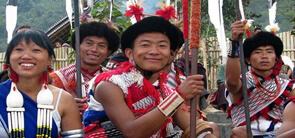
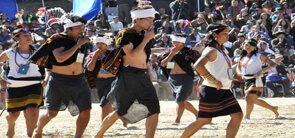
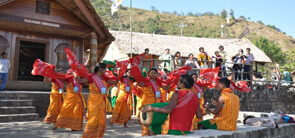
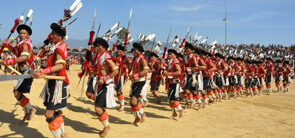
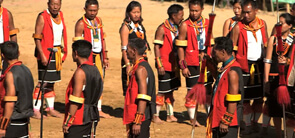
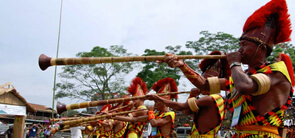
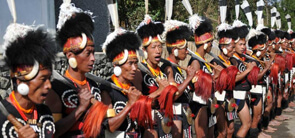
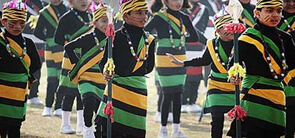
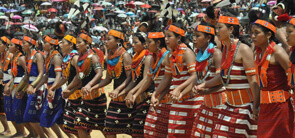
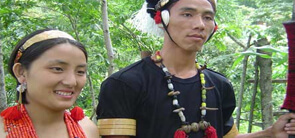
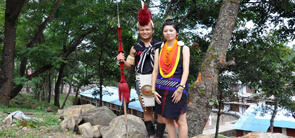
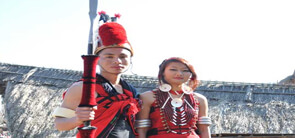
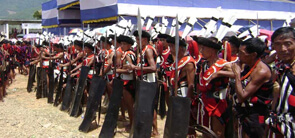
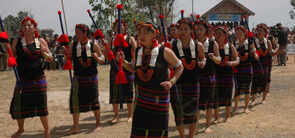
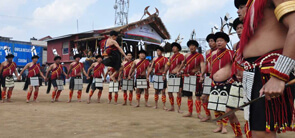
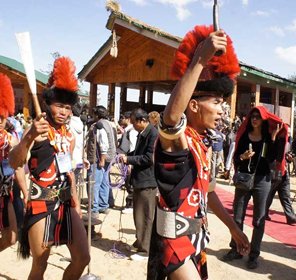
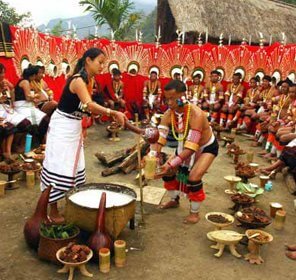
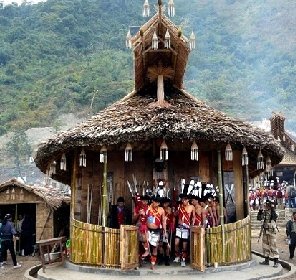
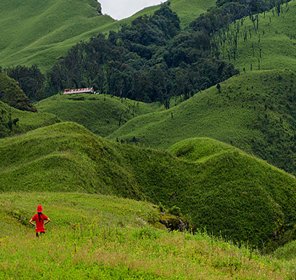
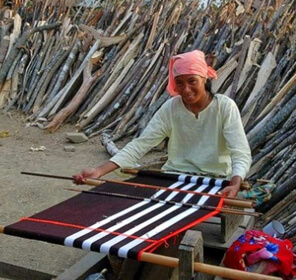
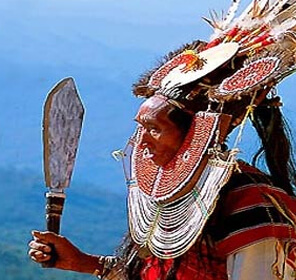
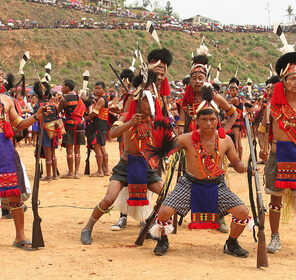
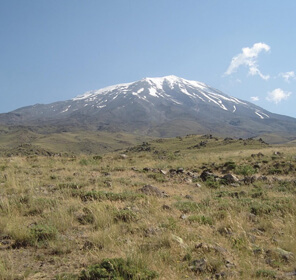
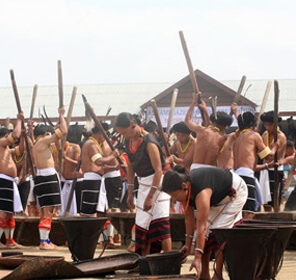
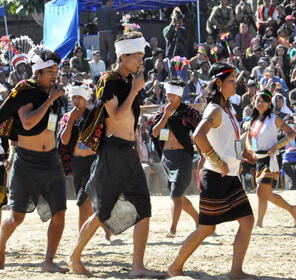
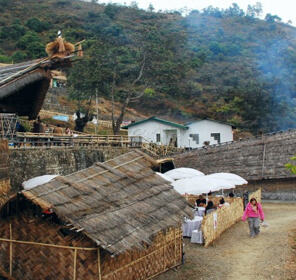
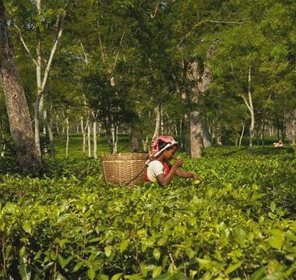
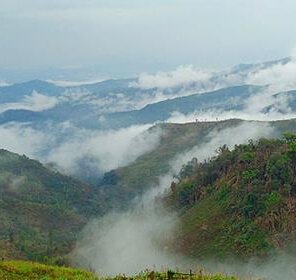
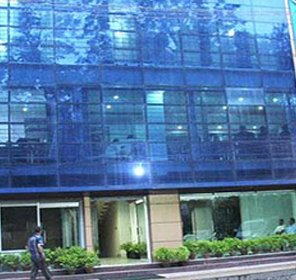
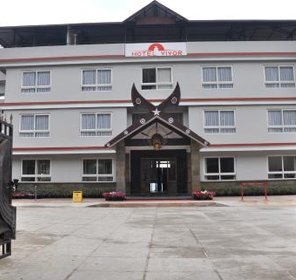
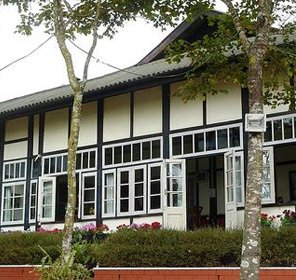
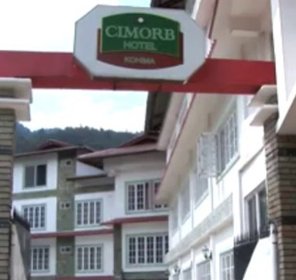
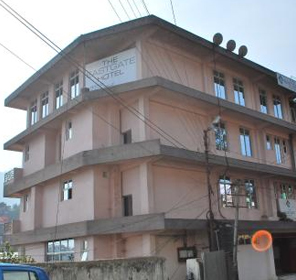
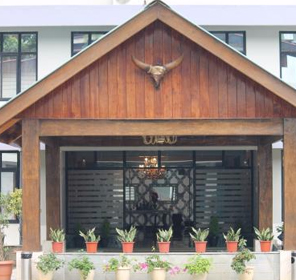
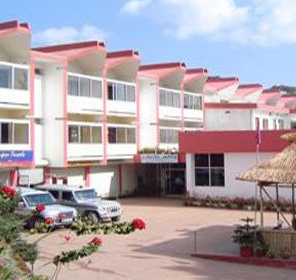
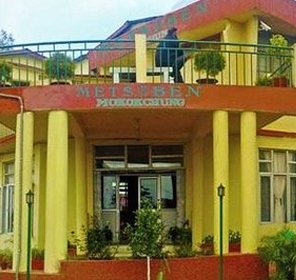
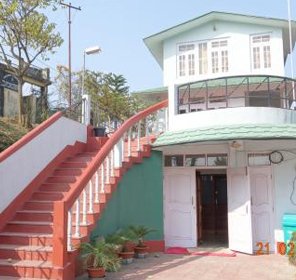
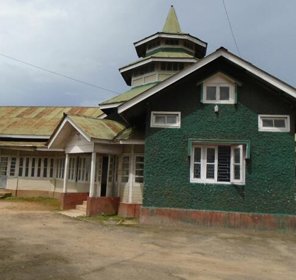

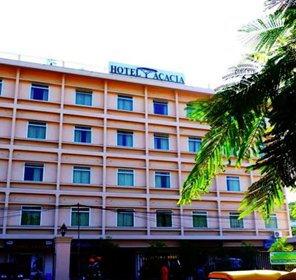
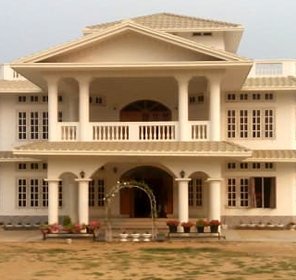
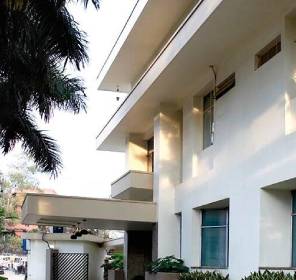
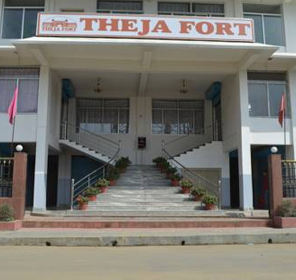

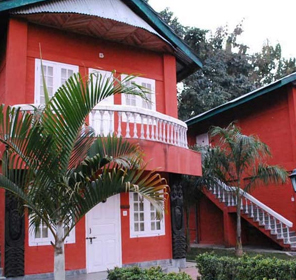
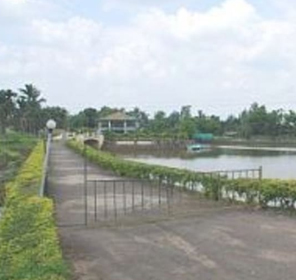

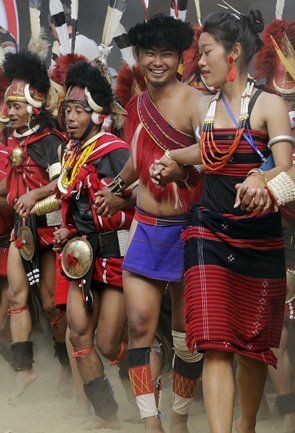
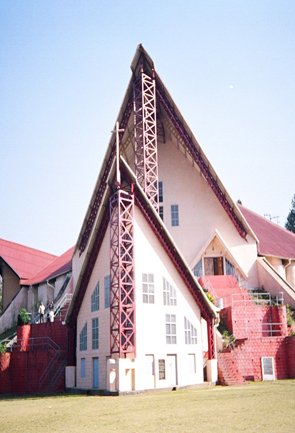
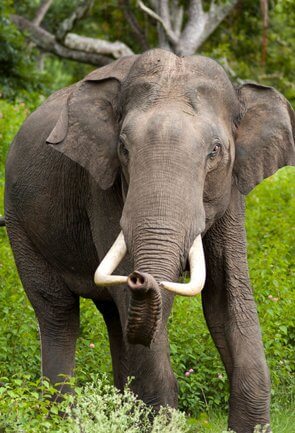
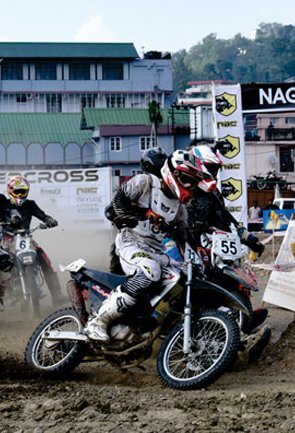
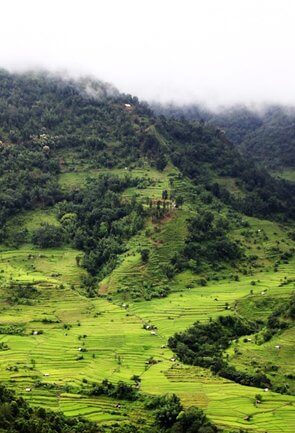
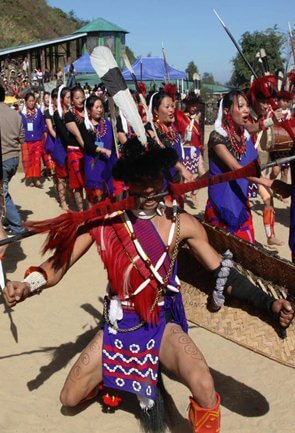



 Plan Trip
Plan Trip Call Us
Call Us Packages
Packages Home
Home